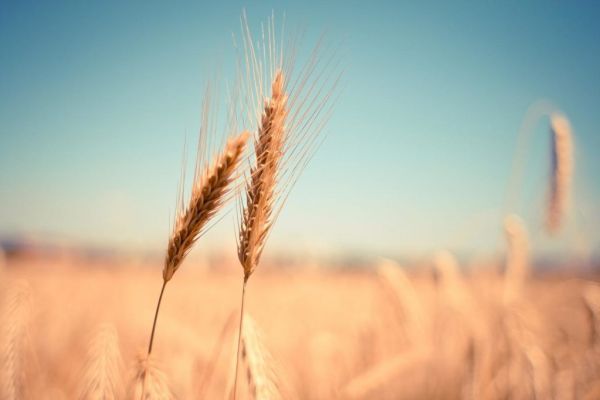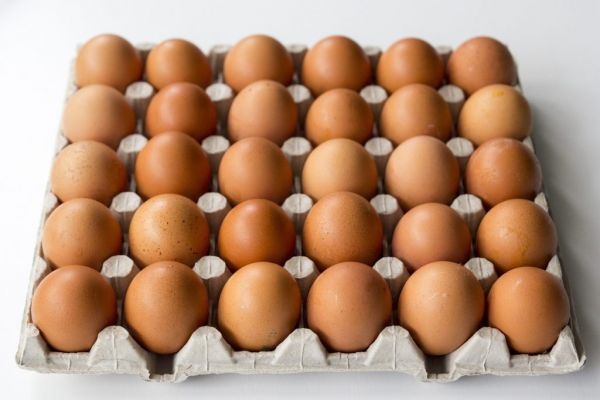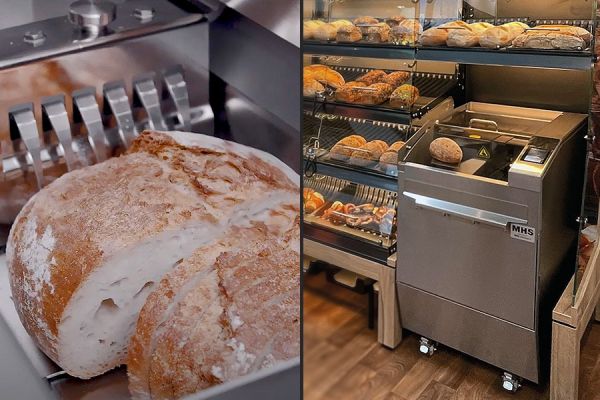The agriculture slump is getting so bad in the US that farmers are about to get more government aid than at any time in the past decade, signaling the rising public cost of crop surpluses and cheap food.
About $13.9 billion of net farm income this year will be federal payments, or about 25 percent of total profit estimated at $54.8 billion, according to estimates by the US Department of Agriculture. That’s the biggest payout and highest ratio since 2006, as programs authorized by Congress two years ago cost more than originally forecast.
Farmers will earn less than half what they did just three years ago, before global surpluses sent commodity prices plunging. Corn and soybeans, the biggest US crops, are so cheap that farmers are expecting to lose money on every acre they plant this season. That’s putting a bigger strain on government safety nets for agriculture.
"This is a sign of a weak farm economy that is much weaker than even a couple years ago," said Patrick Westhoff, director of the Food & Agricultural Policy Research Institute at the University of Missouri in Columbia.
Surplus Crops
Since corn and soybeans touched record highs in 2012, global output has increased faster than demand and prices tumbled. Income for U.S. farmers is headed to a 14-year low, the USDA estimated in February. A new subsidies law approved in 2014 scrapped an aid program that wasn’t tied to prices. The replacements were payments tied to market swings, which raises expenses in less-profitable years.
In a different measure of government farm payments, a report from the Congressional Budget Office last month said the cost of price-support programs will peak at $10.2 billion in the year that starts 1 October. That was 13 per cent more than the agency estimated for the same period a year earlier.
Subsidies should decline as oversupply abates and prices recover, the CBO said. Payments will bottom out at $5.2 billion in the 2024 fiscal year, though that’s still a deeper trough than anticipated a year earlier and still more expensive than the old direct-payment program, which sent checks to producers regardless of price, the office said in its report.
Reduced Income
Lawmakers should have seen the higher expenses coming because it was clear when the new programs were approved that farmers were headed for reduced income, said Vincent Smith, an agricultural economist at Montana State University in Bozeman.
Whether the government’s percentage of farm income increases or declines in coming years will be largely dependent on the price of corn, he said. The grain is the most valuable crop in the US, which is the biggest grower and exporter. Under the new farm program, certain price points trigger higher subsidy payments.
According to USDA estimates, corn will average $3.60 and $3.75 a bushel until 2025. Futures in Chicago were at $3.6275 at 7:55 am local time on Tuesday, more than a dollar below the average over the past decade. Prices reached a record $8.49 reached in 2012.
Should corn stay above the USDA’s forecast, payments may remain similar to what they would have been under previous farm programs, and the portion of farm profits attributable to the government may decline, Smith said. Should they plunge near $3, "you would see the cost rise dramatically," he said. "That’s the snake in the woodpile."
Crop oversupply, and the accompanying low prices that boost payments, may persist for several years, said Harwood Schaffer, an agricultural economist at the University of Tennessee in Knoxville.
More Aid
Lawmakers in agricultural states are still looking for ways to provide a safety net for farmers. One such request is to have the USDA allow cottonseed, which is used for oil or meal rather than fiber, to be added to the list of commodities covered under new farm programs. Agriculture Secretary Tom Vilsack has said such a move isn’t legally possible.
Prospects for additional government relief through disaster bills or other one-time payments, a standby during previous farm slowdowns, are less likely this time, Schaffer said.
"This Congress won’t do anything," he said. "Prices haven’t been low enough for long enough to force them."
News by Bloomberg, edited by ESM. To subscribe to ESM: The European Supermarket Magazine, click here.














